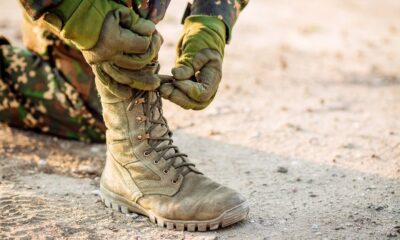Fashion
US’ Kontoor Brands’ Q3 revenue jumps 27% on strong Wrangler sales
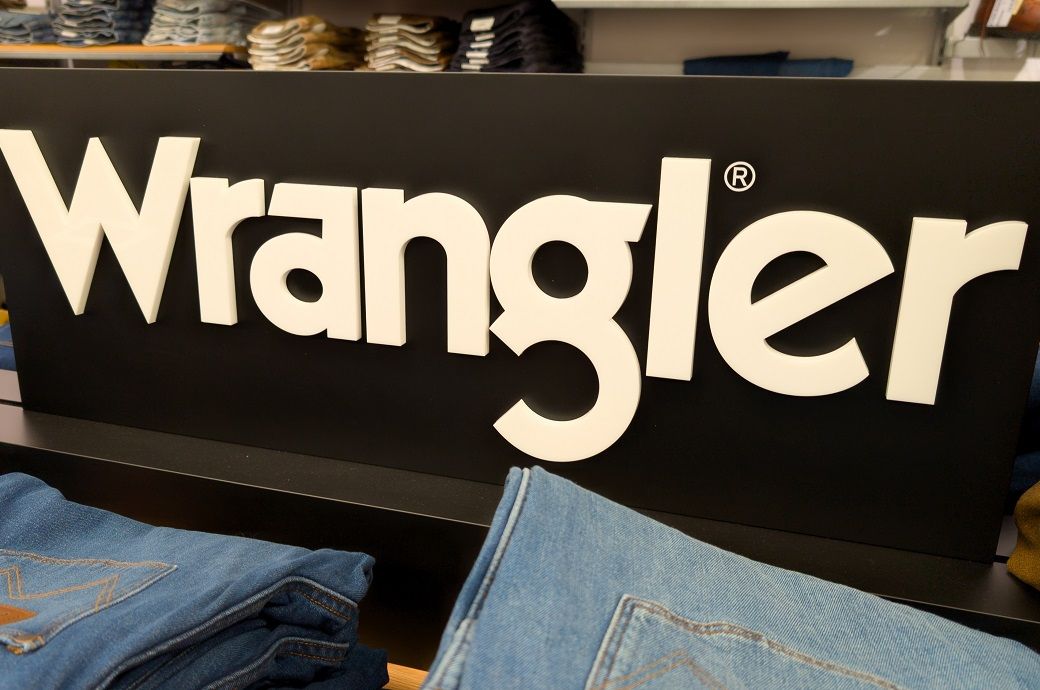
Adjusted gross margin expanded 80 basis points (bps) to 45.8 per cent, while reported gross margin stood at 41.3 per cent. Adjusted operating income rose 14 per cent to $122 million, and adjusted earnings per share (EPS) increased 5 per cent to $1.44.
Kontoor Brands has posted a 27 per cent YoY revenue rise to $853 million in Q3 2025, driven by Wrangler and Helly Hansen.
Adjusted gross margin climbed to 45.8 per cent, and adjusted EPS rose 5 per cent to $1.44.
The company raised FY25 guidance, forecasting revenue of $3.09–3.12 billion and adjusted EPS of $5.5, citing strong brand performance and operational efficiencies.
The company made a $25 million voluntary term loan repayment and declared a quarterly dividend of $0.53 per share, reflecting a 2 per cent increase, Kontoor Brands said in a press release.
“Our third quarter results exceeded expectations driven by the strength of our expanded brand portfolio, gross margin expansion, and operational execution. Wrangler delivered another quarter of growth, Helly Hansen outperformed, and we improved marketplace health through disciplined inventory management. Based on strong year-to-date performance, we are raising our full-year outlook and are positioned to finish a record year with momentum,” said Scott Baxter, president, CEO, and chairman at Kontoor Brands.
Brand-wise, Wrangler global revenue reached $471 million, up 2 per cent YoY, despite shipment timing impacts. US revenue rose 1 per cent, driven by an 11 per cent increase in direct-to-consumer (DTC) sales, while wholesale remained flat.
International revenue grew 6 per cent, supported by gains in both wholesale and DTC channels. Lee brand global revenue was $187 million, down 8 per cent YoY, impacted by proactive inventory management actions in China worth $7 million.
US revenue decreased 9 per cent, as an 11 per cent drop in wholesale was partly offset by a 15 per cent increase in digital sales.
International revenue declined 5 per cent, reflecting inventory adjustments, with an 8 per cent rise in brick-and-mortar mitigating some declines.
Helly Hansen contributed $193 million in global revenue, comprising $143 million from sport, $42 million from workwear. The company recorded $7 million from Musto brand. The brand generated $40 million in US sales and $153 million internationally, performing above expectations in both revenue and profitability.
Kontoor’s adjusted gross margin improved to 45.8 per cent, reflecting benefits from its Project Jeanius initiative, product mix optimisation, and targeted pricing actions. The company noted a 60-bps impact from the Helly Hansen acquisition. Excluding Helly Hansen, adjusted gross margin increased 140 basis points, offsetting higher product costs and newly imposed tariffs, added the release.
Selling, general and administrative (SG&A) expenses were $288 million reported and $269 million adjusted, equating to 31.5 per cent of revenue. Excluding Helly Hansen, adjusted SG&A remained stable at $195 million, aided by reduced distribution and freight costs.
Adjusted operating income reached $122 million, up 14 per cent, representing a 14.3 per cent margin. Excluding Helly Hansen, operating income rose 4 per cent, with margin improving to 16.9 per cent. Adjusted EPS was $1.44, up 5 per cent, including a $0.03 contribution from Helly Hansen.
Kontoor ended the quarter with $82 million in cash and $1.34 billion in long-term debt. The company had no outstanding borrowings under its revolving credit facility and maintained $494 million available for borrowing.
Inventory stood at $765 million, inclusive of Helly Hansen. Excluding it, inventory increased 21 per cent to $560 million, driven by earlier receipts due to improved supply chain lead times and tariff effects. The company expects inventory to fall to about $645 million by the fourth quarter.
For the full fiscal 2025 (FY25), Kontoor Brands raised its guidance, projecting revenue to reach the high end of the $3.09–3.12 billion range, representing 19–20 per cent YoY growth. Adjusted gross margin is expected to reach 46.4 per cent, a 130-bps improvement over 2024. Adjusted operating income is forecast at $449 million, up 18 per cent, compared to the prior outlook of $443 million. Adjusted EPS is anticipated at $5.50, a 12 per cent rise from 2024 levels, slightly above the previous projection of $5.45.
Cash from operations is expected to approximate $400 million, higher than the earlier forecast of exceeding $375 million. The company plans an additional $185 million voluntary term loan repayment in Q4, bringing total 2025 repayments to $235 million.
Helly Hansen is expected to contribute $460 million in annual revenue and $0.20 to adjusted EPS, consistent with earlier guidance. Fourth-quarter revenue is projected between $970 million and $980 million, representing 39–40 per cent growth, with a four-point benefit from a 53rd week.
Kontoor anticipates capital expenditures of around $25 million and an effective tax rate of 21 per cent for the year. Interest expense should total $50 million and adjusted other expense approximately $11 million.
“We are raising our full year outlook to reflect stronger revenue and earnings growth, accelerating cash generation, and the scaling benefits from Project Jeanius,” added Baxter. “We expect the near-term environment to remain dynamic, but I am confident our strong fundamentals, operational execution, and increasing capital allocation optionality will continue to drive strong value creation for our shareholders.”
Fibre2Fashion News Desk (SG)
Fashion
France’s Sep textiles-apparel-leather manufacturing output up 2.6% YoY
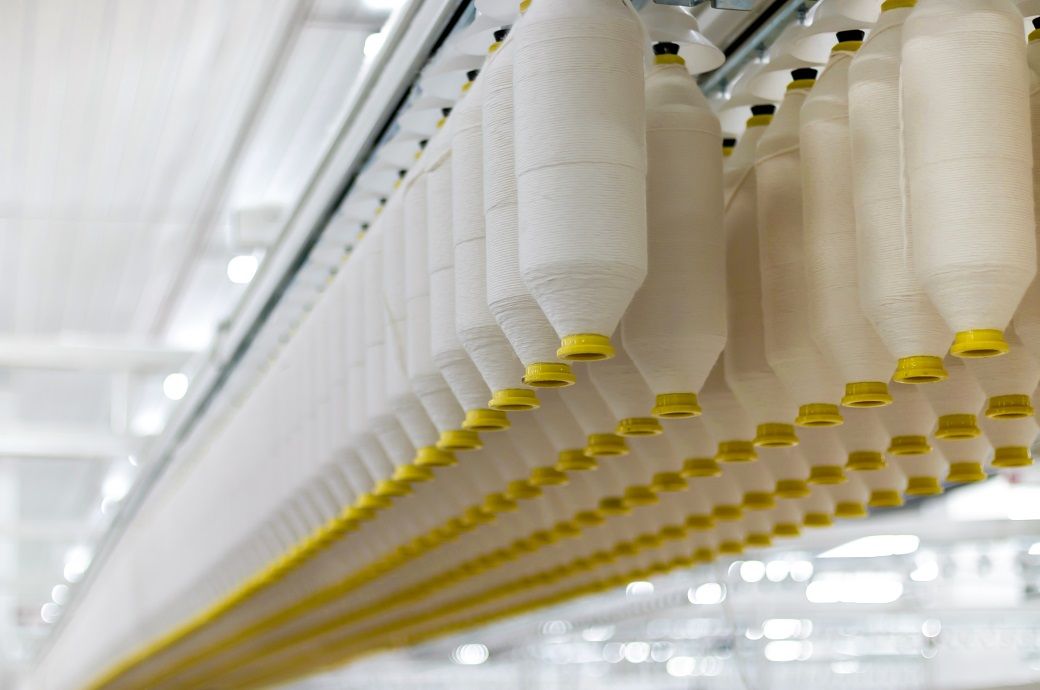
Cumulative French manufacturing output over the July-September quarter was higher by 1.3 per cent year on year (YoY); for the whole industry, it was up 1.1 per cent YoY in the quarter.
Output in the manufacturing of textiles, apparel, leather and related products grew by 2.6 per cent YoY in September this year and dropped by 1.6 per cent quarter on quarter (QoQ) in the July-September quarter, an INSEE release said.
France’s manufacturing output bounced back in September by growing at 0.9 per cent month on month (MoM) after a 1-per cent MoM drop in August.
Output in the manufacturing of textiles, apparel, leather and related items grew by 2.6 per cent YoY in September and dropped by 1.6 per cent quarter on quarter in July-September.
Cumulative manufacturing output in July-September was higher by 1.3 per cent YoY.
The evolution of the manufacturing index between July and August 2025 has been revised downwards, to minus 1 per cent instead of minus 0.7 per cent earlier. The evolution of the index for the whole industry has also been revised downwards, to minus 0.9 per cent from minus 0.7 per cent earlier.
Fibre2Fashion News Desk (DS)
Fashion
Germany’s Hugo Boss lifts profitability despite 1% dip in Q3 sales

The gross margin of the company rose 100 basis points (bps) to 61.2 per cent, reflecting lower freight costs and sourcing efficiencies, while operating expenses fell 3 per cent due to stringent cost management.
Hugo Boss has reported a 1 per cent YoY sales decline in Q3 2025 but achieved stronger profitability through cost control and sourcing efficiency.
Gross margin rose 100 bps to 61.2 per cent, while EBIT held steady at €95 million (~$109.25 million) with a 9.6 per cent margin.
EPS increased 7 per cent, and free cash flow 63 per cent.
The company reaffirmed its FY25 guidance amid currency headwinds.
Operating profit (EBIT) remained broadly stable at €95 million (~$109.25 million), translating to a 9.6 per cent EBIT margin, up 30 basis points YoY. Earnings per share (EPS) increased 7 per cent to €0.85, supported by stronger financial results and lower net expenses. Free cash flow rose 63 per cent, driven by improved CapEx efficiency, Hugo Boss said in a press release.
Regionally, Americas showed renewed momentum (+3 per cent), while EMEA declined slightly (–2 per cent), with gains in Germany and France offset by weaker UK sales. The Asia/Pacific region fell 4 per cent, mainly due to lower sales in China, though Southeast Asia and Japan showed modest improvement.
“Despite ongoing global market volatility in Q3, we remained focused on our strategic priorities, emphasising long-term brand strength over short-term gains,” said Daniel Grieder, CEO at Hugo Boss. “We achieved meaningful efficiency gains, delivering notable gross margin expansion and streamlined expenses. This is clear evidence of the operational excellence and resilience at the core of our business model. Accordingly, we confirm our 2025 top-and bottom-line guidance while remaining vigilant in navigating ongoing market uncertainties.”
“Our ‘CLAIM 5’ strategy has been pivotal in driving our growth and establishing a strong foundation for long-term success. With our two iconic brands, a robust business platform, and the passion and commitment of our global teams, we are well positioned to create lasting value for our shareholders,” added Grieder.
The Boss Menswear line remained stable YoY, supported by the Beckham X Boss collection launch and the Boss Spring/Summer 2026 Fashion Show in Milan, both of which significantly boosted brand engagement on social media.
By contrast, Boss Womenswear and Hugo reported sales declines of 9 per cent and 5 per cent, respectively, as the company continued to refine product assortments and streamline distribution.
Channel-wise, digital sales advanced 2 per cent, driven by growth on its official website and through digital partner channels. Brick-and-mortar retail remained flat but improved sequentially from Q2, while wholesale declined 5 per cent due to delivery timing, expected to reverse in Q4.
Marketing investments fell 8 per cent to €70 million as the company prioritised high-impact initiatives like the Milan Fashion Show. Administration expenses were 2 per cent lower, highlighting strict overhead control. The company’s trade net working capital rose 11 per cent to €909 million, reflecting higher inventories and reduced payables but remained below Q2 levels.
Hugo Boss reaffirmed its 2025 guidance, expecting group sales and EBIT at the lower end of the ranges due to persistent macroeconomic and currency headwinds. Full-year sales are projected between €4.2 billion and €4.4 billion, while EBIT is forecast between €380 million and €440 million.
The company expects to maintain its EBIT margin within 9-10 per cent, improve efficiency through sourcing and administrative optimisation, and limit capital expenditure to the lower end of €200–250 million.
Fibre2Fashion News Desk (SG)
Fashion
Austria’s Lenzing reports resilient results; outlook remains positive
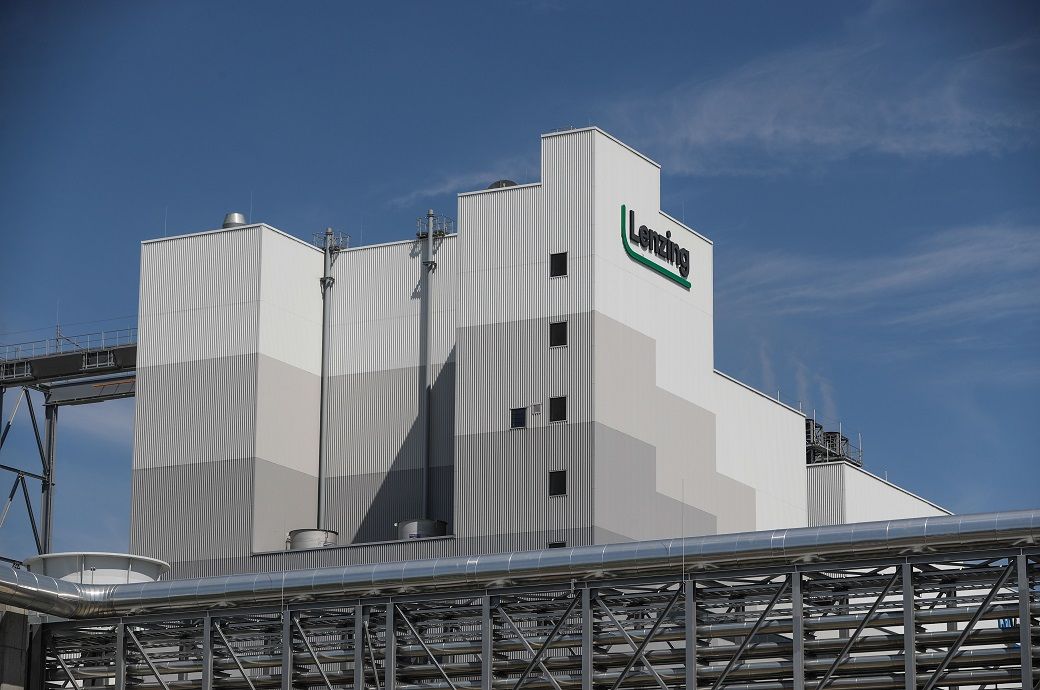
In the first nine months of 2025, Lenzing AG recorded revenue growth and higher EBITDA, but a market-driven volatile third quarter. This performance reflects the effects of ongoing market volatility, tariffs and geopolitical uncertainties. Nevertheless, the medium to long-term outlook remains positive.
Lenzing AG’s revenue rose 0.7 per cent to €1.97 billion (~$2.27 billion) in the first nine months of 2025.
EBITDA grew 29.1 per cent to €340.4 million (~$391.5 million) amid market volatility.
The company is optimising operations, investing over €100 million (~$115 million) in Austrian sites, and reviewing its Indonesia plant to save €45 million (~$51.8 million) annually by 2027.
The revenue generated by Lenzing AG rose by 0.7 percent to EUR 1.97 bn (prior-year period: EUR 1.96 bn) in the first nine months. EBITDA grew by 29.1 percent to EUR 340.4 mn (prior-year period: EUR 263.7 mn), including effects from the sale of surplus emission allowances and the valuation of biological assets. The EBITDA margin improved to 17.3 percent (prior-year period: 13.5 percent). Earnings before interest and tax (EBIT) amounted to EUR 20.6 mn (prior-year period: EUR 38.3 mn), which corresponds to an EBIT margin of 1 percent (prior-year period: 2 percent). This result includes asset impairments of EUR 82.1 mn in Indonesia. Earnings before tax (EBT) amounted to EUR minus 98.7 mn (prior-year period: EUR minus 33.4 mn).
“We see these challenging times also as an opportunity. We are increasingly building on our strengths and are continuing to focus on what we excel at: strong brands, precise execution and bold innovation,” notes Rohit Aggarwal, CEO of Lenzing AG.
Strategic development
Lenzing AG pursues a holistically adapted strategy with a clear focus on value-generating growth. Key pillars of this strategy include enhancing operational efficiency, optimizing production sites, and targeting high-margin premium products such as TENCEL, VEOCEL, and LENZING ECOVERO. Additional growth potential is expected particularly in the fields of hygiene, packaging, filtration, as well as medical and industrial applications.
To sustainably secure this growth and strengthen long-term competitiveness, the company has initiated a strategic review of its production site in Indonesia. The planned measures – including adjustments to administrative functions – are expected to generate additional annual savings of approximately EUR 45 mn by the end of 2027. For the current reporting year, the Management Board anticipates cost savings exceeding EUR 180 mn. Furthermore, the company is investing over EUR 100 mn in its sites in Lenzing and Heiligenkreuz and aims to achieve holistic energy optimization of more than 5 percent across all production locations. Strategic options for the site in Indonesia are being evaluated, including a potential sale.
The Supervisory Board also made personnel decisions during the reporting period: The Managing Board mandate of Christian Skilich, Chief Pulp & Chief Technology Officer, was extended until May 2029. Mathias Breuer, currently Senior Vice President and responsible for the performance program, will become CFO from January 1, 2026, and succeed Nico Reiner, who is due to step down from his position at the end of 2025.
Solid financial position in a difficult environment
Thanks to its strong focus on cash management, Lenzing succeeded in leaving no doubt about its adequate liquidity position during the reporting period. As of September 30, 2025, the company held liquidity cushion of EUR 993 mn. The capital structure was strengthened by a EUR 500 mn hybrid bond and a EUR 545 mn syndicated financing facility. Net financial debt was reduced by 8.5 per cent to EUR 1.4 bn as of the reporting date. With total assets of EUR 4.80 bn, this corresponds to an adjusted equity ratio of 30.7% as of September 30, 2025.
Cash flow from operating activities amounted to EUR 284.6 mn (prior-year period: EUR 319.4 mn). Free cash flow was also positive at EUR 110.9 mn. (prior-year period: EUR 194.0 mn) Furthermore, unlevered free cash flow amounted to EUR 192.1 mn (prior-year period: EUR 228.6 mn).
Capital expenditure amounted to EUR 93.2 mn (prior-year period: EUR 93.3 mn).
Outlook
The global environment remains volatile. The International Monetary Fund (IMF) expects growth of 3.2 percent in 2025, but warns of trade conflicts and financial instability. Consumer sentiment is subdued, and higher tariff costs could further weigh on demand in 2026. Based on the business performance to date and the current market outlook, the Managing Board expects year-on-year growth in EBITDA in 2025. The actual business performance may nevertheless diverge from current expectations depending on geopolitical and economic factors as well as the cyclical nature of the industry. Any assessment of economic development is therefore subject to forecasting risks.
Note: The headline, insights, and image of this press release may have been refined by the Fibre2Fashion staff; the rest of the content remains unchanged.
Fibre2Fashion News Desk (HU)
-
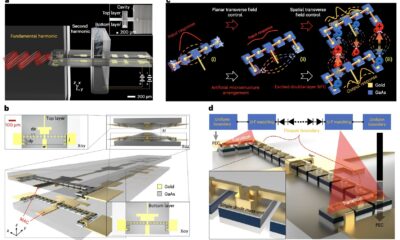
 Tech1 week ago
Tech1 week agoNew diode chain could be used to develop high-power terahertz technologies
-

 Business1 week ago
Business1 week agoChocolate’s reign over Halloween is under threat from inflation, tariffs and high cocoa prices
-

 Tech1 week ago
Tech1 week agoHow to Keep Subways and Trains Cool in an Ever Hotter World
-

 Tech7 days ago
Tech7 days agoDisney content has gone dark on YouTube TV. Here’s what customers should know
-

 Tech1 week ago
Tech1 week agoGiant, Spooky Animatronics Are 75 Percent Off at the Home Depot
-
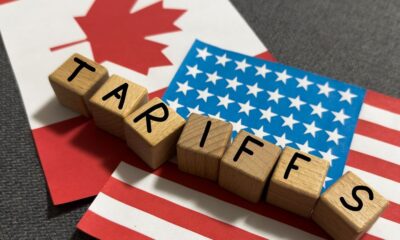
 Fashion1 week ago
Fashion1 week agoUS Senate passes legislation challenging Trump’s tariffs on Canada
-

 Tech1 week ago
Tech1 week agoAmid renewable-energy boom, study explores options for electricity market
-
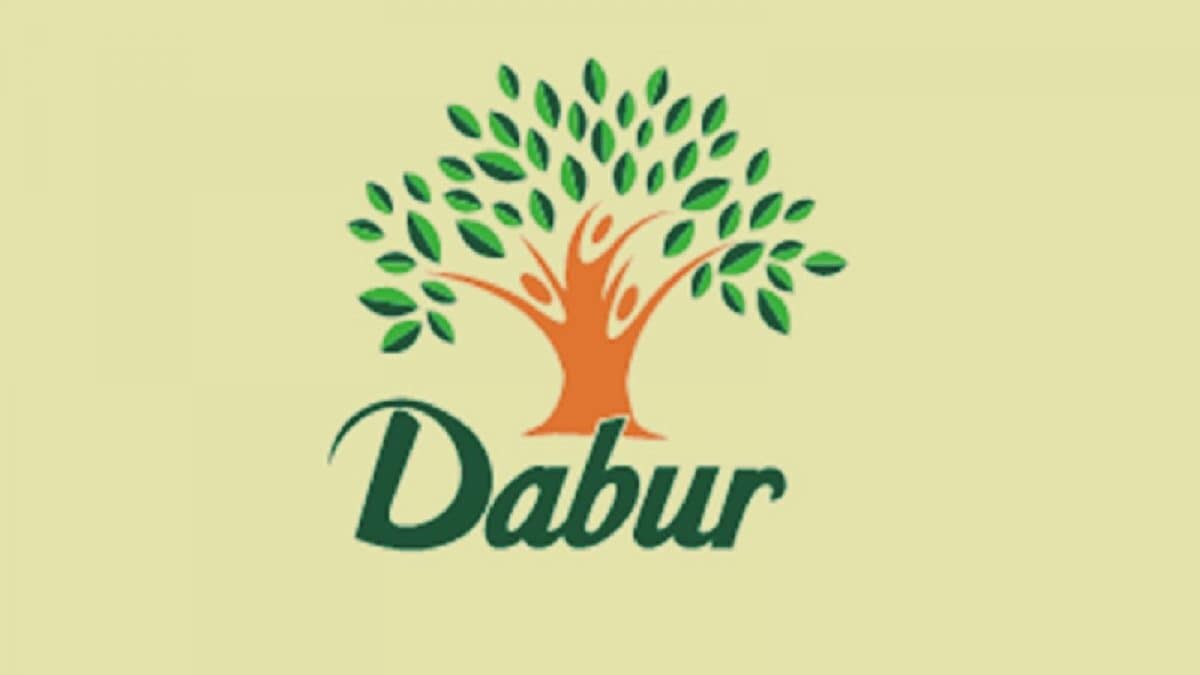
 Business1 week ago
Business1 week agoDabur India Q2 Results: Net Profit Rises 6.5% YoY To Rs 444.8 Crore, Revenue Up 5.4%






